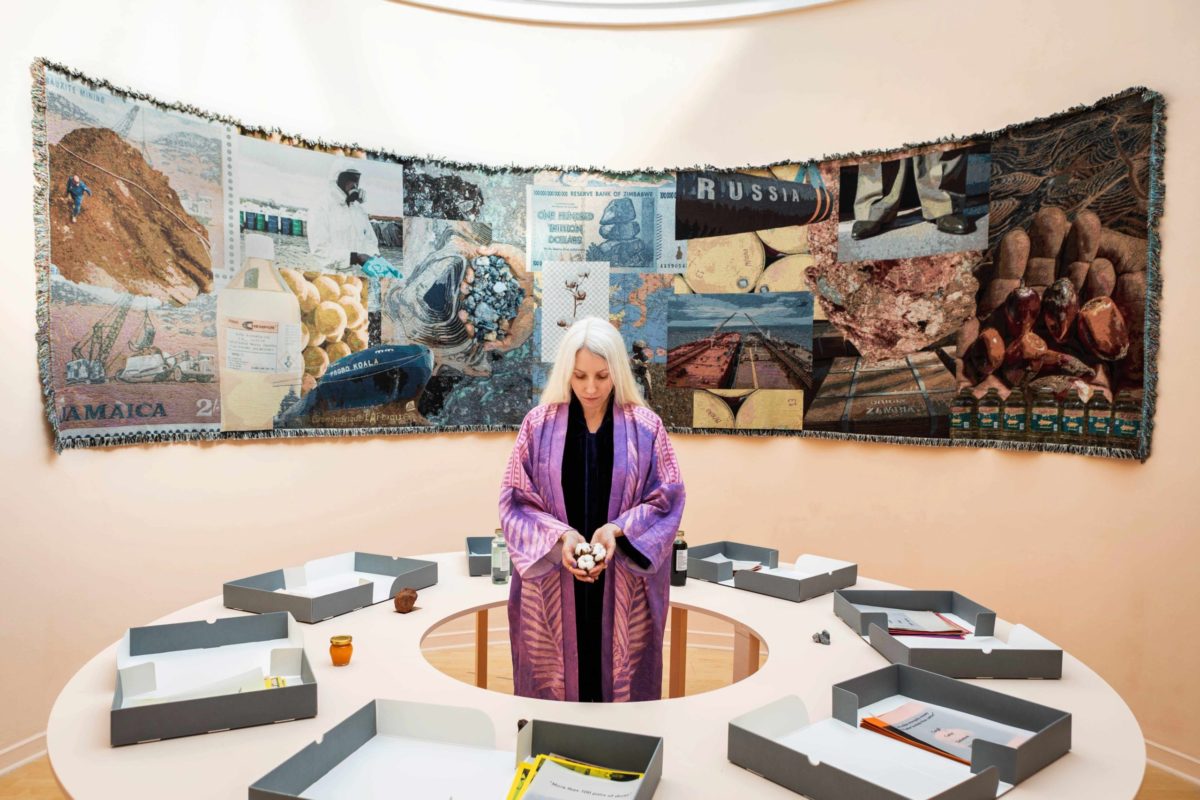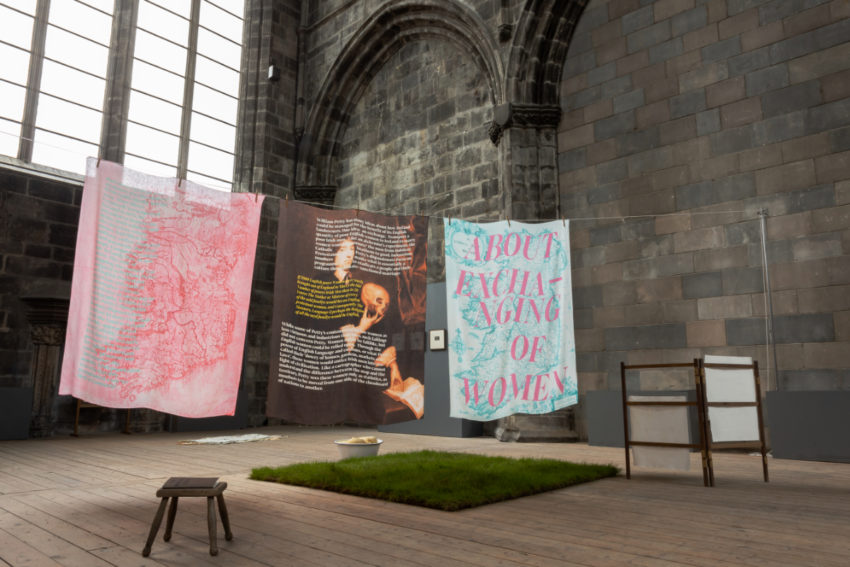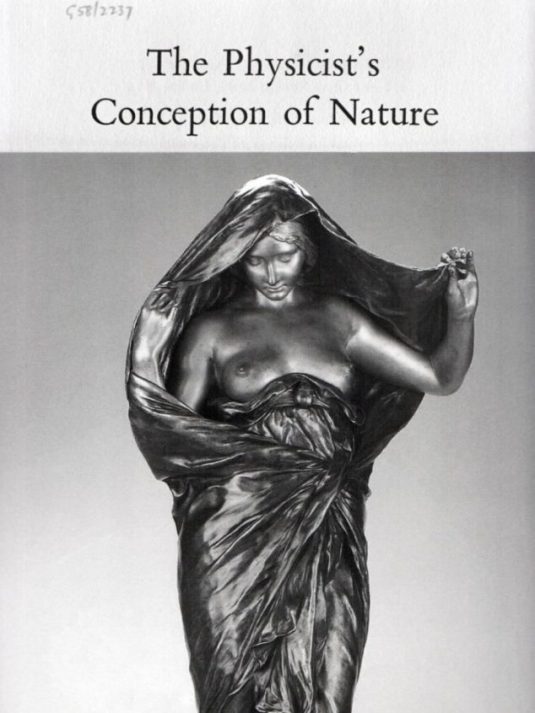
No Island is an Island is a photographic exploration of an artificial island constructed between 1978 and 1990 named Gipsön, a contraction of ‘gypsum island’ in Swedish. Located off the south-western coast of Sweden, the 43-hectare island was built entirely from the non-nuclear radioactive waste generated as a byproduct of the artificial fertiliser industry. The project combines land and sea photographs taken during a series of field trips to Gipsön island; images sourced in the archives of the local history museum; photographs taken by marine activists and scuba divers who have been working in the area for decades; as well as more experimental prints created with infrared film and by soaking chromogenic prints in seawater.
Although the project is broadly interested in questions of how humans deal with waste—particularly waste with toxicity concerns spanning geological lifetimes—it is equally interested in shining a light on lesser-known aspects of industrial agriculture. One of the chief contributors of carbon emissions in the agricultural sector, the synthetic fertiliser industry operates on a vast scale but is often ignored by the public where conversations tend to focus on food miles or livestock emissions. In Europe, the synthetic fertiliser industry is also a major lobbyist for fracking as its practices are hugely reliant on natural gas. Although synthetic fertiliser does help to grow crops that feed people around the world, the industry also contributes significantly to soil degradation, groundwater pollution and resource extraction. No Island is an Island considers these interconnected practices through the peculiar phenomena of Gipsön island.
The project was undertaken as part of a residency at Landskrona Foto in the summer of 2021 and was first exhibited at the Landskrona Foto Festival in September 2022.

















